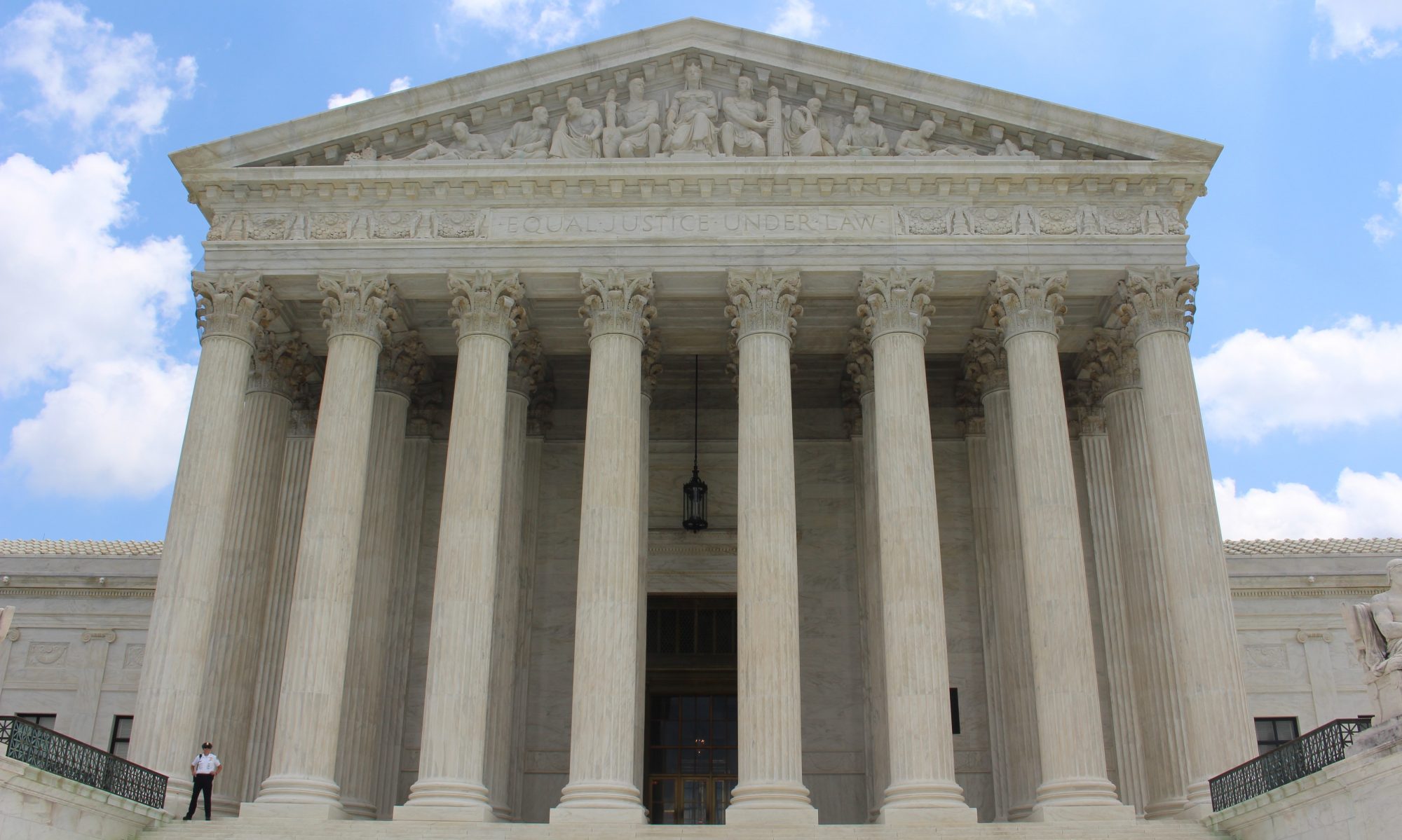Sexual Orientation and Gender Identity Discrimination Under the Fair Housing Act After Bostock v. Clayton County
Kansas Law Review, Forthcoming
Rigel Christine Oliveri
Legal Limbo of The Student Intern: The Responsibility of Colleges and Universities to Protect Student Interns Against Sexual Harassment
“Professors Cynthia Grant Bowman and MaryBeth Lipp explore how some student interns may fall through the gaps between Title VII and Title IX. They demonstrate that under current law, no one may be held liable for the sexual harassment of unpaid student interns. They emphasize, however, that Title IX should address this problem.”
Nan Stein, Sexual Harassment Left Behind: What the Bullying Framework Is Doing to Civil Rights Laws and Framework (Audiocast)
“In this presentation, Senior Research Scientist Nan Stein, Ed.D., will discuss three main points related to the use of the label “bullying” in schools: the term “bullying” is imprecise and vague, and used as a default, a crutch, and a place holder; there is no agreement on the definition of “bullying,” and neither state laws nor researchers can agree on a common definition; and claims of effectiveness of classroom interventions/curriculum on bullying reduction are often inflated, exaggerated, and self-serving, and should be met with skepticism.”
Jennifer Ann Drobac, Sex and the Workplace: “Consenting” Adolescents and a Conflict of Laws
“According to the Equal Employment Opportunity Commission, sexual harassment of adolescents at work may constitute a serious, but to date largely undocumented, problem. Courts respond inconsistently to adolescent “consent” in sexual harassment employment cases. This Article reviews state criminal statutory rape law, federal civil law, and tort law to reveal the conflicting legal treatment of adolescent capacity to consent to sex. It highlights conflicts not only between the criminal and civil systems, but also between sister states’ laws and laws within states. For example, this Article finds that despite criminal sexual abuse laws, courts permitted employers to use adolescent “consent” as a defense to sexual harassment in approximately fifty percent of the surveyed common law tort cases across the nation. After exploring the public policy goals for these various laws, this Article concludes that these goals do not justify the blatant conflicts between tort and criminal laws. This Article recommends both administrative and statutory reform to protect minors from the predation of adult supervisors and employers. Particularly, it recommends a strict liability standard in an approach that makes an adolescent’s consent to sex with an adult at work voidable by the minor.”
Liability for School Sexual Harassment Under Title IX: How the Courts Are Failing Our Children
A Typology and Critique of Title IX Sexual Harassment Law After Gebser & Davis
“Sexual harassment is not a new phenomenon. It has long been with us in harassment problem in colleges and universities, focusing particularly on the harassment of students by their teachers or by their peers. Special attention will be given to whether and how students may hold colleges and universities liable in court for money damages for a failure to protect them from harassment. Then, using such private causes of action by students as the centerpiece, this article will develop a typology of Title IX sexual harassment claims and of the variable contexts in which they may arise. Following the typology, the article will consider the implications for colleges and universities and offer some recommendations for managing them.”
